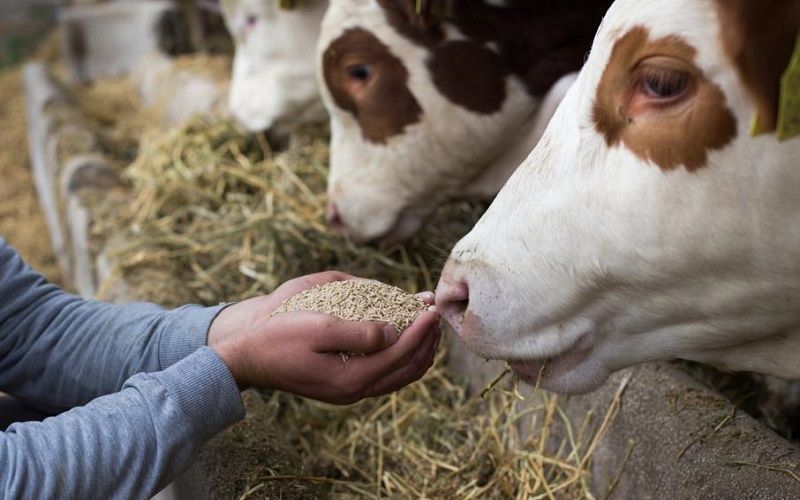Colorado faces nation's worst Bird Flu outbreak among dairy cattle, raising concerns over virus spread

As of Monday evening, Colorado had identified 26 herds with cases of avian influenza, with 22 of those cases discovered within the past month. These herds are currently under quarantine, while quarantines have been lifted for four other herds identified earlier. All affected herds are located in the northeastern part of the state.
The rapid and largely mysterious spread of the virus in Colorado, a state not typically known for its dairy production, has heightened concerns that U.S. health authorities are not doing enough to contain the virus. While the current threat to humans remains low, infectious disease experts warn that the continued unchecked spread among animals increases the risk of the virus mutating into a more dangerous form for humans.
Dr. Maggie Baldwin, the state veterinarian, noted that Colorado agriculture and health officials are collaborating closely with dairies to identify and prevent the spread of the virus. “This is just a virus that likes to hang around,” she said. “It’s really hard to mitigate once it’s in a sustained population. … If we all implement really strong biosecurity, we absolutely can prevent the spread, but it’s in a very close geographic region.” Colorado’s recent cases far exceed those in other states, with Iowa and Idaho recording 12 and 10 cases, respectively, in the past month.
Since bird flu was first identified in dairy cattle in Colorado this spring, the state ranks second nationally in total cases, trailing only Idaho and ahead of Michigan. Despite this, Colorado ranks 13th in the country for milk production, highlighting the disproportionate impact of the outbreak. With just over 100 dairy herds in Colorado, the outbreak has affected about a quarter of all herds in the state. On a per-cow basis, Colorado’s outbreak is roughly three times worse than Idaho’s, which has significantly more dairy cattle.
Baldwin suggested that Colorado’s high case numbers may reflect the state’s robust disease detection efforts, which include extensive outreach to dairy producers, industry associations, and veterinarians. “We’re encouraging early diagnostics, early reporting, and thorough symptom monitoring,” she said. “The relationships we’ve established in the state have made producers feel confident in coming to us with problems.”
While most cattle infected with bird flu are recovering, Baldwin acknowledged that farmers are experiencing lost production during infection periods, and some cattle may not return to full milk production. “Producers are taking this seriously and are committed to stopping the spread,” she said.
Bird flu, primarily a bird disease, initially spread to cattle through wild birds in the Texas panhandle. Subsequent spread to herds in at least 12 states was initially attributed to cow movements between farms, leading to stricter federal regulations on animal movement. However, the persistence of the outbreak has suggested more complex transmission methods, such as fomite transmission, where the virus is carried on inanimate objects like equipment or clothing.
Colorado is working with dairy operators to enhance biosecurity, including the use of personal protective equipment and strict cleaning protocols for vehicles and equipment. Hundreds of dairy workers have been monitored for potential exposure, but no human cases have been identified in Colorado. Following federal guidelines, the state is testing only those with flu-like symptoms, and all tests have come back negative.
Elizabeth Carlton, an epidemiologist at the Colorado School of Public Health, emphasized that while the current risk to the general public is low, now is the time for public health agencies to ensure their testing and monitoring systems are ready for any potential escalation. “For the general public, the concern should not be high right now,” she said. “But for public health professionals, this is exactly what we need to be focusing on.”











